There can be your advertisement
300x150
Minimalism in Interior Design: 7 Key Features
How to reimagine the space of a standard apartment and arrive at unexpected solutions that can change your daily life? A radical approach gives reason to reflect on fundamental directions in design
Minimalism gained wide popularity thanks to artists who rejected the mass kitsch in rapidly wealthy America of the 1960s. Overwhelming design with bright and "unrestrained" forms provided the push for forming the core principles of minimalism. True authentic minimalism is a whole philosophy not only in space decoration and design, but also in life itself; it was embraced by creative souls and free-spirited individuals.
Today, the minimalist style can be found not only in luxurious mansions with large areas. Owners of standard apartments also often choose minimalism: this style is attractive for its clear and organized aesthetics, which like a breath of fresh air helps achieve harmony and clarity of mind, offers support and focus on what matters most. We decided to tell about the main rules that will help you implement this expressive style in your interior.
1. Less is More
This principle was embodied by the famous avant-garde architect and functionalism advocate Mies van der Rohe in the first half of the 20th century. Minimalism seeks to economize artistic means to achieve absolute results. To live in minimalism, one must give up much—this style is not suitable for collectors and collectors of trinkets; minimalism starts with internal asceticism.
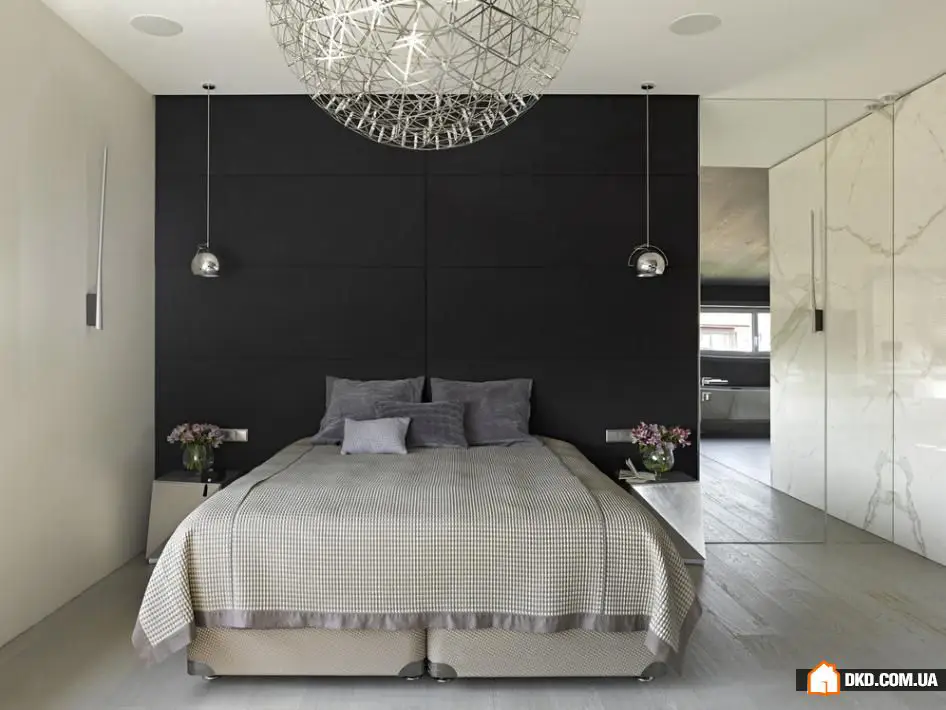
2. Storage Systems
The ideal storage solution for minimalism is the absence of visible storage. Built-in wardrobes, up to the ceiling, help maintain the harmony of the space's "nakedness".
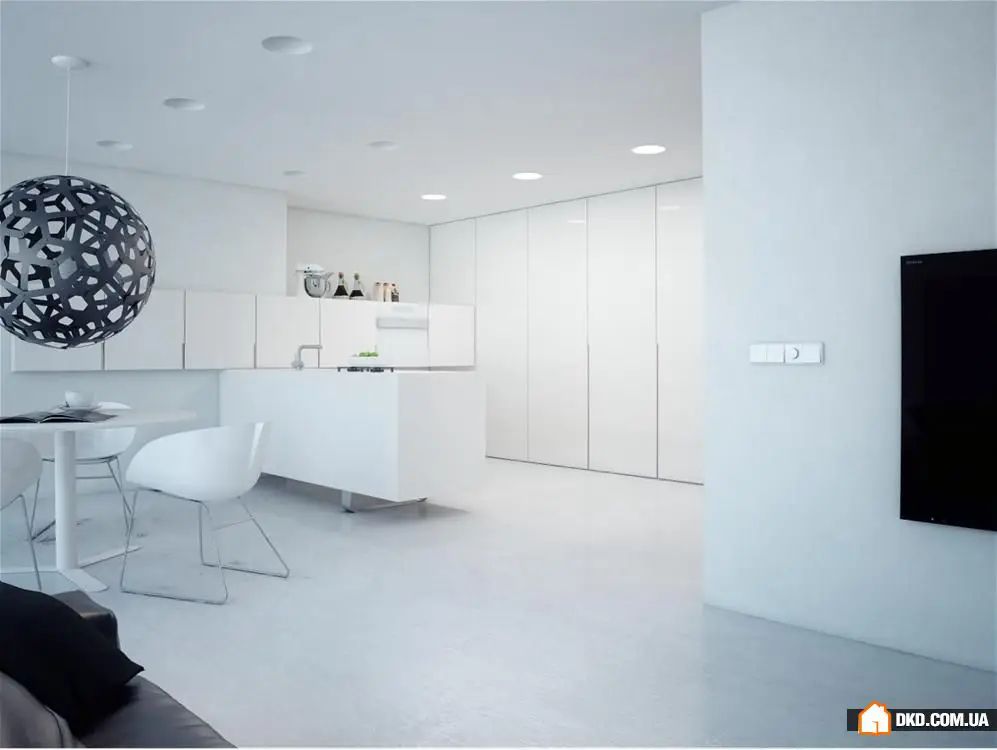
3. Minimalist Furniture
Simplicity is not the only quality considered when choosing furniture. The furniture should speak in the language of its structure and function. For example, does a chair or sofa really need armrests, is their necessity justified? And if it's a kitchen prep table, are built-in drawers and other distracting details necessary?
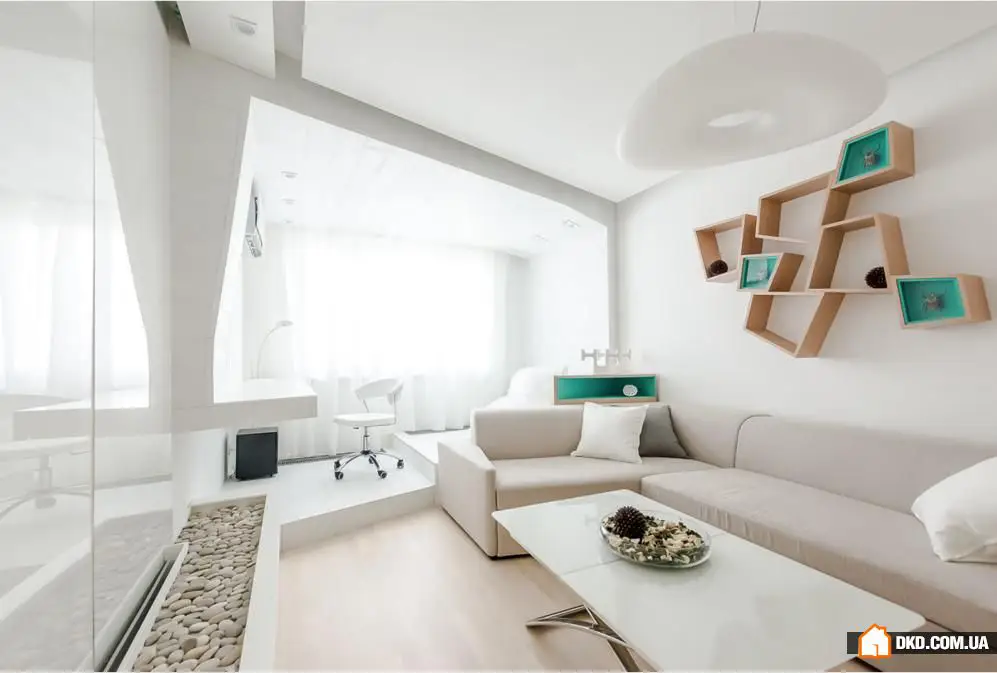
4. Horizontal Surface Placement
Minimalism is not only the minimum of all things, but also a style of human behavior in space. It allows easy access to everything with no complications, and movement is unobstructed. Some groundedness in the surfaces of interior spaces opens up the upper level of the room, providing maximum freedom and air.

5. No More Than One Bright Accent
The color palette in minimalism is usually monochromatic, and to emphasize this monochrome of the ceiling and walls, a new contrasting color is introduced. This is like an exception to the rule that only proves the rule itself.
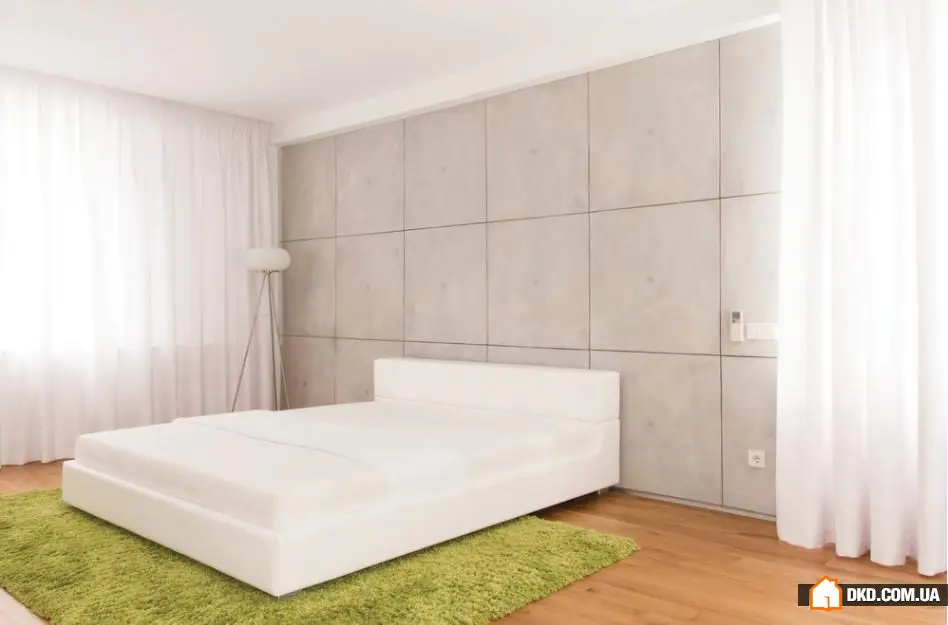
6. Geometric Shapes and Clear Rhythms
It happened that most residential and even non-residential spaces have a proper geometric shape. Minimalist design does not disrupt or complicate this form, but constructive elements merely emphasize it. Decoration speaks to us in abstract terms and meanings. These statements can be amplified, made clearer, with repetition or so-called rhythmic structure.

7. Modernity
Intuitively, minimalism implies a modern interior, although this style originates from the middle of the last century. Built-in appliances, innovative lighting, high-tech materials and the incorporation of hi-tech elements "make" minimalism of today.
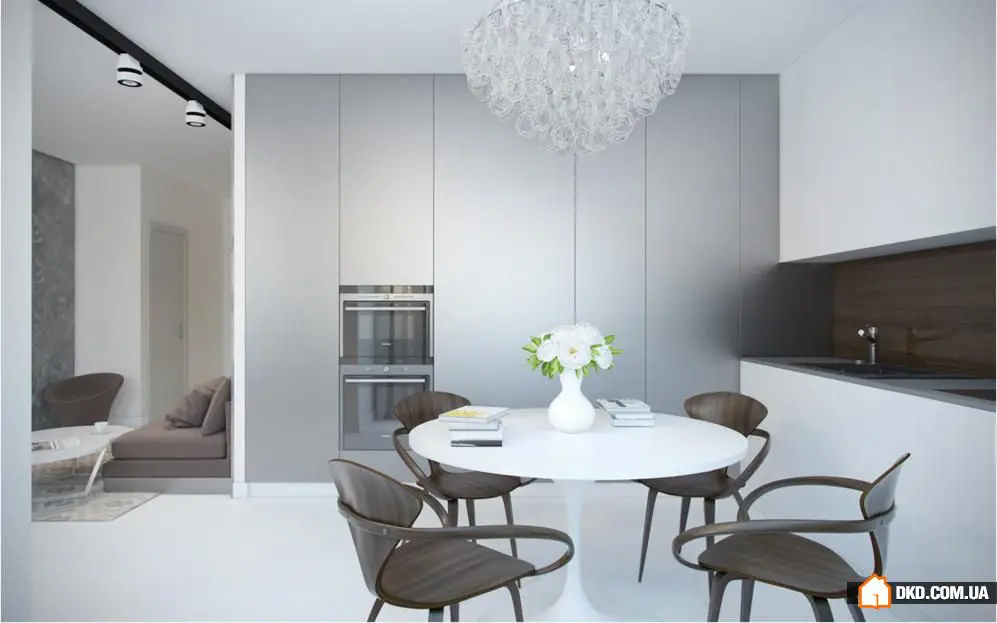
More articles:
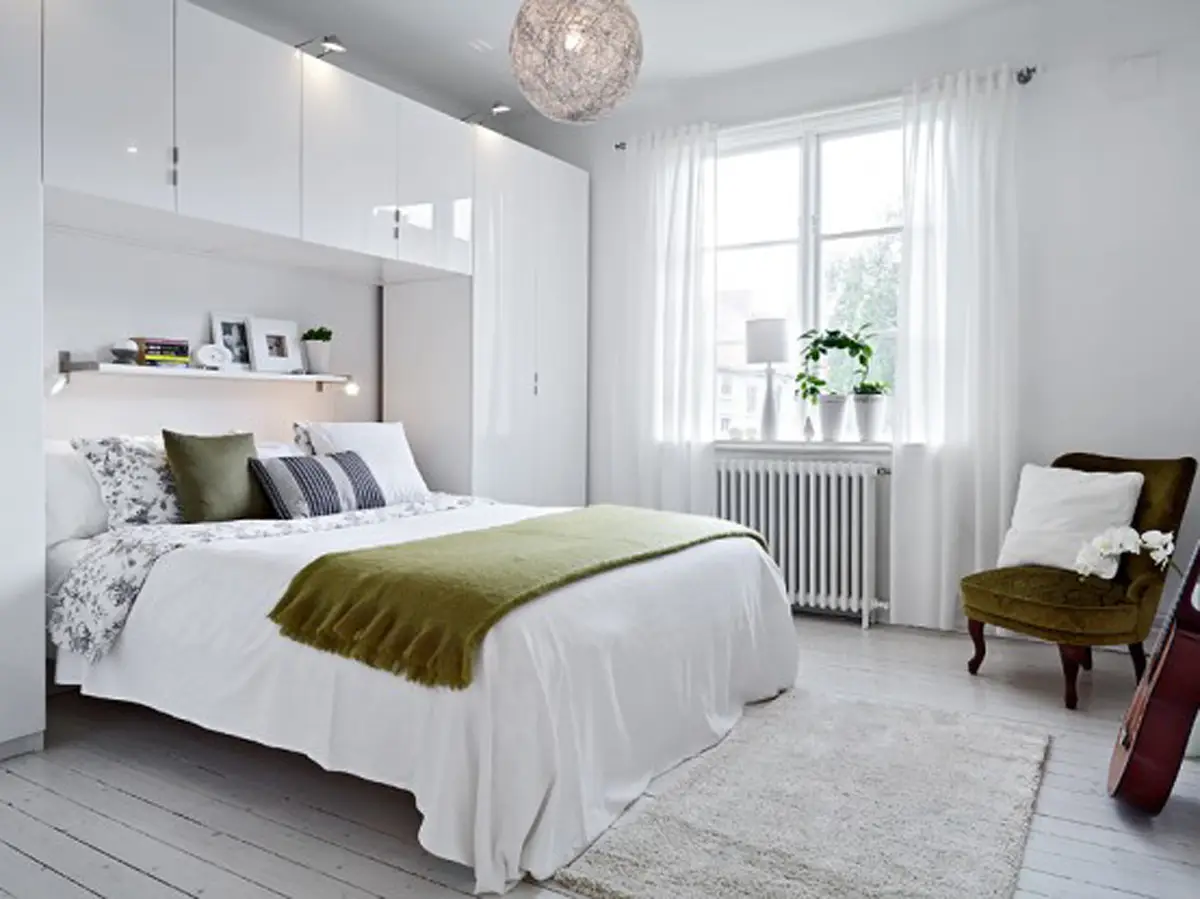 What to Do If Your Room Is Tiny: 10 Tips from Designers
What to Do If Your Room Is Tiny: 10 Tips from Designers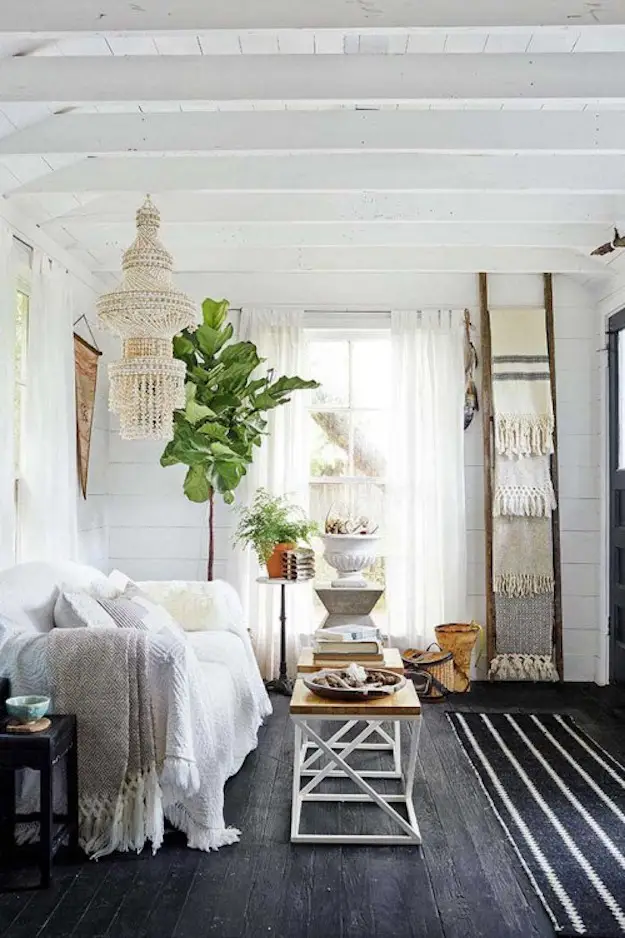 Before and After: A Renovation That Will Inspire You to Redecorate Your Old Cottage
Before and After: A Renovation That Will Inspire You to Redecorate Your Old Cottage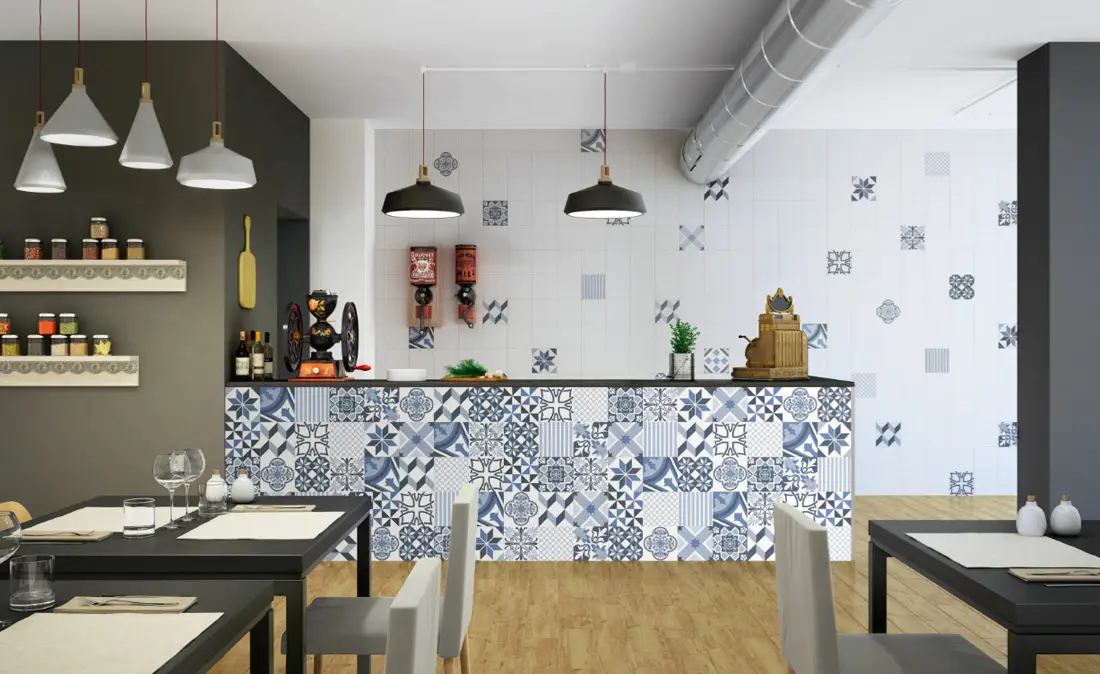 Repair in Practice: How to Replace Cracked Tile
Repair in Practice: How to Replace Cracked Tile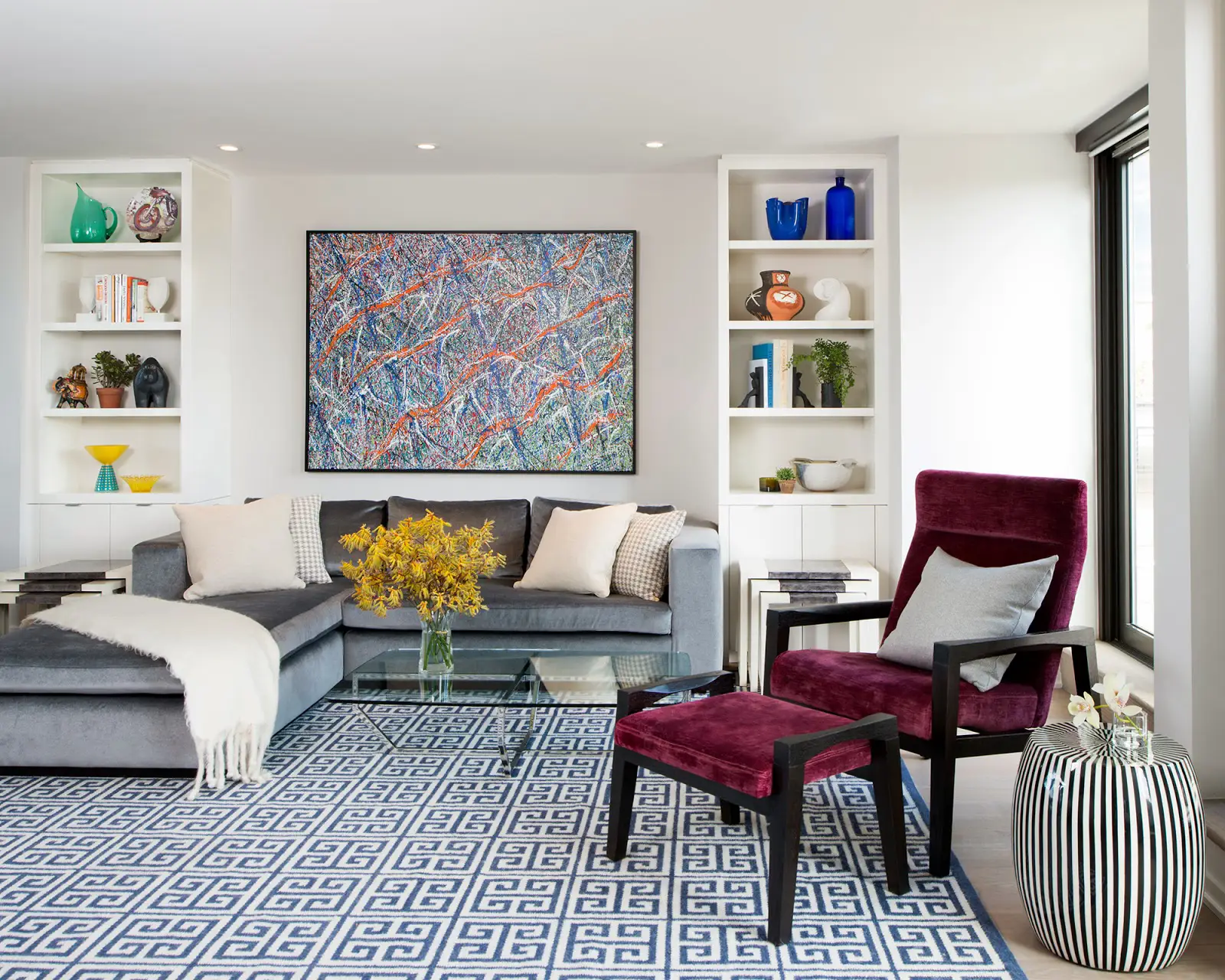 Following Trends: 5 Ideas to Incorporate Velvet into Any Interior
Following Trends: 5 Ideas to Incorporate Velvet into Any Interior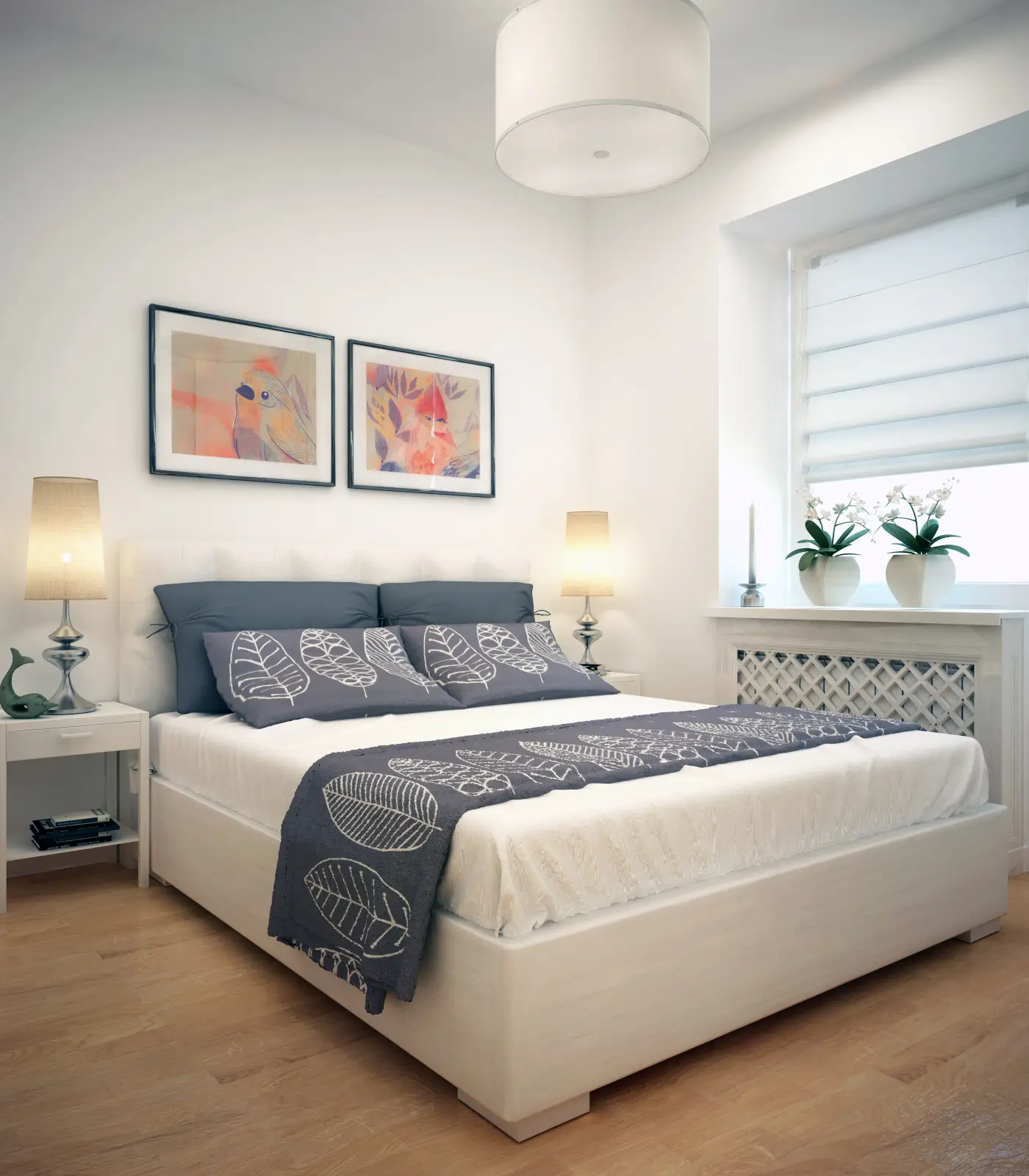 How to Do Cosmetic Bedroom Renovation: 8 Key Tips
How to Do Cosmetic Bedroom Renovation: 8 Key Tips How to Refresh Interior Without Renovation: Best Ideas
How to Refresh Interior Without Renovation: Best Ideas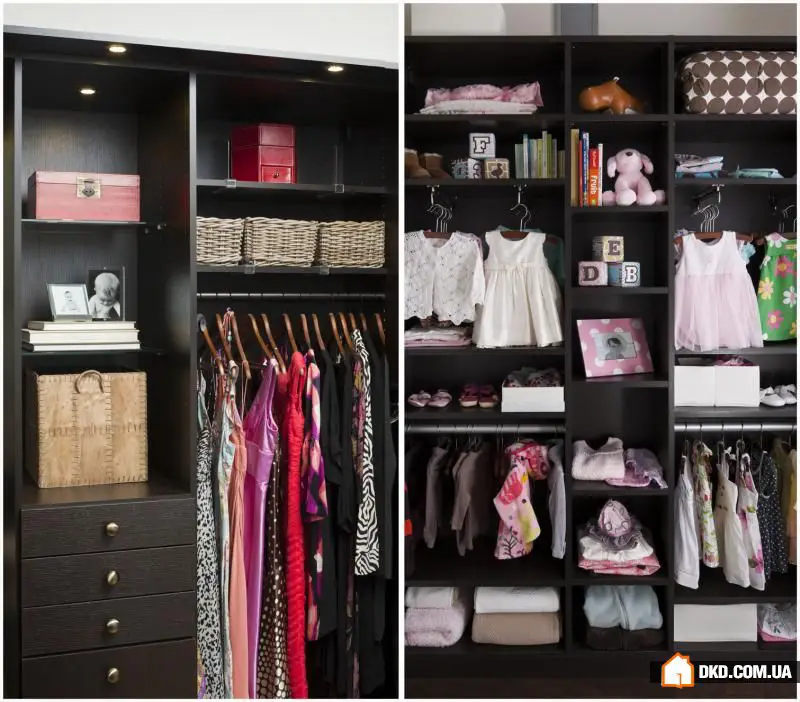 52 Exciting Ways to Organize Your Entire Home
52 Exciting Ways to Organize Your Entire Home How to Avoid Relocation: A Successful Example of Zoning
How to Avoid Relocation: A Successful Example of Zoning